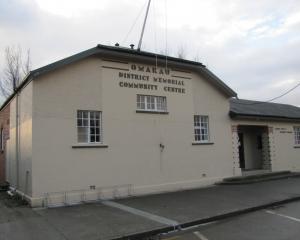Growth in the Teviot Valley is to be mapped for the next 30 years and beyond.
At a meeting of the Central Otago District Council this week, councillors agreed to undertake an integrated planning approach to the future planning of Roxburgh, Roxburgh Hydro Village, Ettrick, Millers Flat and the surrounding areas.
That included the development of a Teviot Valley spatial plan.
Council principal policy planner Ann Rodgers told councillors the Teviot Valley was the third on the list of Central Otago locations to undergo a spatial planning exercise.
The Cromwell spatial plan was adopted in 2019 and the Vincent spatial plan was adopted this year.
A spatial plan considers growth before it happens and identifies key improvements which can accommodate growth in a way that protects the environment and provide for the social, economic and cultural needs of the community.
Issues such as ensuring housing affordability and availability, a lack of land suitable for future development and the effects of residential development moving into productive rural areas needed to be carefully managed, Ms Rodgers said.
The spatial planning process provided an opportunity to step back and consider providing for growth in a managed way for the future.
The Teviot Valley was the southernmost ward of the Central Otago district, home to farms, orchards, and townships alongside the Clutha River.
The area had a rich history from goldmining, to pastoral farming, to horticulture, and now turning towards tourism.
Significant built heritage was still present in the townships and wider rural area, but recently, active tourism had been increasing in relation to the development of the Roxburgh Gorge trail.
The study area was the whole of the Teviot Valley ward with particular focus on Roxburgh township, Lake Roxburgh Village, Ettrick and Millers Flat, Ms Rodgers said.
As of last year the Teviot Valley had a resident population of about 1900 people. About 50% of residents lived in one of the four towns, the other half lived in small settlements or rurally.












